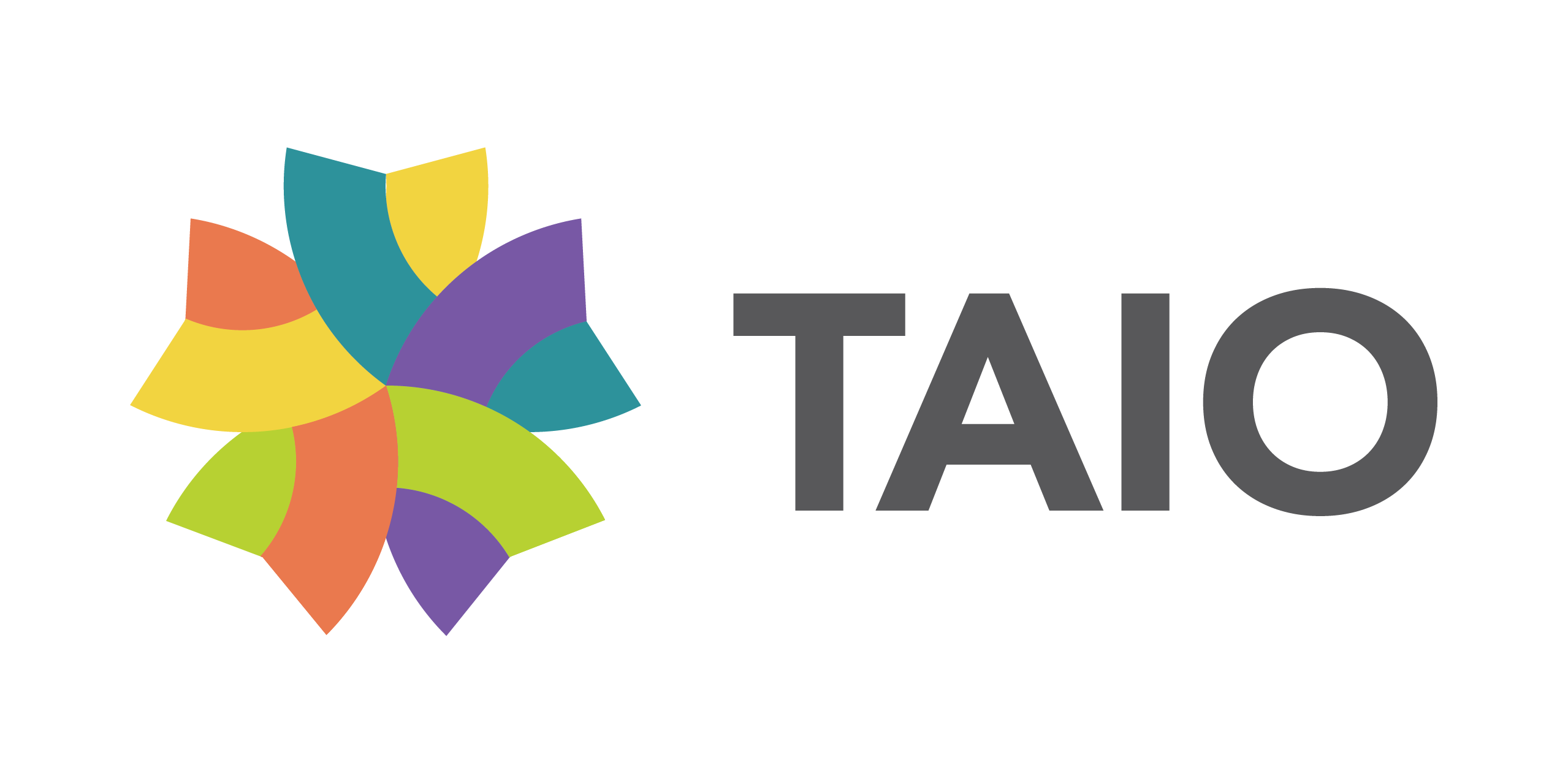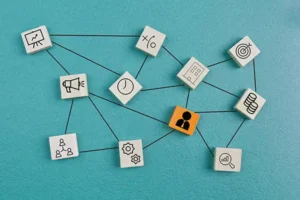The visit’s over, the patient’s home but the paperwork is just getting started.
Your nurse finishes charting at 7:00 p.m.
By morning, billing’s already waiting to move claims forward.
Multiply that lag across every visit, and it adds up: slowing reimbursement, straining teams and risking compliance.
This is where medical transcriptionists step in. They turn recordings into clear, billable and compliant documentation.
And when outsourced, they do it faster, more reliably and without involving your clinical staff in back-office work.
On this page
Key Takeaways
Medical transcriptionists convert clinician dictations into accurate transcripts that keep medical records compliant, billing-ready and accessible to health care providers and other health care professionals.
Weak or inconsistent medical transcription services delay claims, risk audit citations and create documentation gaps that compromise patient care and health care operations.
Outsourcing medical transcription gives health care and medical professionals access to an experienced medical transcription team with proven HIPAA compliance, scalable workflows and cost-effective turnaround times.
Medical Transcription Services: What a Medical Transcriptionist Does in Home Health Care?
Medical transcriptionists bridge the gap between clinical care and billing, turning notes into revenue.
They convert voice recordings from nurses, therapists or physicians into structured visit notes, assessments, plan-of-care updates and more, while flagging inconsistencies or missing details that could affect billing or compliance.
Day-to-day responsibilities include:
Transcribing recordings.
Converting voice notes from nurses or therapists into structured, accurate documentation ready for review, billing or upload.
Editing for clarity and compliance.
Polishing transcripts for grammar, formatting and alignment with payer, agency or regulatory standards.
Updating records securely.
Uploading final documents to your Electronic Medical Record (EMR) or routing them through encrypted systems, all under strict HIPAA compliance.
Clarifying ambiguities.
Flagging unclear audio and confirming key details with providers to prevent delays and documentation errors.
When this role is done right, it holds your operation together: supporting accurate care, clean audits, timely claims and smoother day to day.
When transcription is weak or sloppy, it sets off a chain reaction:
- Payers reject your claims.
- Audit risks escalate.
- Nurses lose valuable time on preventable documentation errors.
Medical Transcription Process: The Real Work of Medical Transcription and What Happens When It’s Done Poorly?
When transcription is fast and accurate, QA flows, billing moves and audits pass.
How medical transcription quality affects operations: Real-world examples
Impact Area |
Accurate Transcription |
Inaccurate Transcription |
|
Patient Care |
Nurse sees “wound drainage increasing” in the visit note and updates the treatment plan immediately. |
“Left leg wound” was dictated, but it was actually on the right. Nurse prepares the wrong supplies and delays visit. |
|
Billing and Claims |
Assessment includes clear documentation of skilled need: wound vac, frequency and interventions. Claim goes through. |
“Skilled observation” not supported by documentation: claim denied, revenue delayed. |
|
Compliance/Audit Readiness |
“No fall risk” checkbox + supporting narrative present. Passes audit with no citations. |
“No fall risk” was dictated but not transcribed. The note was flagged as non-compliant in ADR. |
|
Care Planning/ Continuity |
POC update reflects med change from cardiologist visit. Clinician adjusts meds during next home visit. |
Medical change missing in the transcript; clinician continues previous regimen, risking medical error. |
|
Team Coordination |
Transcription includes all vitals, patient goals and interventions, QA, billing and nurses all aligned. |
The transcript omits two key vitals. QA flags it, biller puts the claim on hold, RN is pulled off the visit to re-document. |
|
Documentation Timeliness |
Dictation from Monday visit is transcribed, QA’d and uploaded the same day; visible in EMR before Tuesday visit. |
Note still not in EMR by next visit. Clinician walks in blind, unaware of patient’s weekend fall. |
From audio to audit defense, this is how transcription happens in real life and how to get each part right.
Audio Transcription and Accuracy Review
Medical transcriptionists ensure terminology, patient identifiers and clinical details are transcribed exactly as intended, without assumptions or shortcuts.
What can go wrong:
- One misplaced word, like “no fall risk” instead of “known fall risk”, can derail a care plan and trigger audit citations.
- Depending on any automated transcription tools, like OpenAI’s Whisper, is still risky, as they generate fabricated statements that are either nonsensical or potentially damaging if incorporated into a medical record.
Document Editing and Compliance Formatting
Transcriptionists review and polish each note for clarity, grammar and formatting that aligns with CMS, payer and agency documentation standards.
Even clinically accurate notes can be denied if formatting is sloppy or doesn’t meet payer requirements.
Actionable tip:
Create a quick-reference formatting guide tailored to your EMR. Standardize how labs, meds, vitals and narrative sections are structured so transcription stays consistent and billing-ready.
Secure Data Management and Record Updating for HIPAA Compliance
Transcription is only as strong as its upload — secure, labeled and traceable.
Transcriptionists accurately label, upload and update EMRs or encrypted systems. They ensure that every file meets HIPAA standards and is traceable for compliance and care continuity.
Tool you can use:
Use HIPAA-compliant platforms like Google Workspace (with a BAA) or built-in EMR upload tools like AlayaCare, WellSky or Kinnser to ensure secure, traceable record updates.
Professional Interaction and Clarification
A medical transcriptionist’s second job is to clarify.
They follow up with providers to confirm key details when audio is unclear or incomplete. This step protects against critical omissions or errors that could undermine patient care or billing.
Real-world stat:
“Over half of medical transcription errors come from omissions; not misheard words, but details that were never confirmed.” – Ditto Transcripts
Inaccurate medical transcription risks patient safety and opens the door to serious errors, such as wrong diagnoses, incorrect treatments and medication mistakes. Left unaddressed, these issues can trigger legal action, audit findings and long-term damage to your agency’s reputation.
What to Look for in a Medical Transcriptionist?
You need transcriptionists who go beyond the minimum requirements to avoid errors that disrupt care, billing and audits.
Here’s a table showing a qualified vs. an effective transcriptionist:
|
Criteria |
Minimum Requirements |
What You Actually Need |
|
Experience |
1–2 years in general medical transcription |
Direct experience with home health or hospice documentation workflows |
|
Accuracy &Detail |
98% accuracy, 60+ WPM |
99%+ accuracy with QA review history Flags inconsistencies, confirms unclear audio and never assumes |
|
Communication |
Responds to clarification requests |
Proactive with follow-ups to prevent risky or non-billable documentation errors |
|
Tech &Tools |
Basic EMR navigation |
Fluent in home health EMRs (e.g., Kinnser, WellSky, AlayaCare); can adapt to templates and macros |
|
Education & Credentials |
Medical transcription certificate or on-the-job training |
RHDS/CHDS certification preferred. Bonus: Background with anatomy, pharmacology or EMR workflows |
|
Privacy &Compliance |
Understands HIPAA basics |
Proven history of handling Protected Health Information (PHI), using secure platforms, and following upload protocols |
Expert tip:
Ask applicants to describe a time when a transcription error or ambiguity could have compromised care or billing. What flagged the issue? How did they handle it? Who did they coordinate with, and what was the outcome?
This reveals two things:
Do they own quality?
If they can’t walk you through their review process or how they escalated a questionable note, they’re likely passive and not a last line of defense for accuracy.
Can they think clinically?
Strong transcriptionists don’t just capture what’s said. They recognize what’s missing and how those gaps impact billing, compliance and patient care.
Medical Transcriptionist Cost: Rates, Outsourcing Options and How to Choose the Right Setup
Rates vary based on skill, turnaround speed and how much oversight you’re willing to give. It also depends on who you hire, how much documentation support you need and how complex your patient encounters are.
Below, we’ll explain the cost, what drives it, your hiring options and how to choose the setup that best suits your agency.
How Much Do Medical Transcriptionists Cost? Key Factors That Impact Pricing
Medical transcription is most commonly billed per line, where one line is equal to 65 characters (spaces included).
Based on current provider pricing and industry reporting:
- Standard rates range from $0.08 to $0.15 per line, depending on speed and complexity.
- For same‑day or “STAT” turnaround, rates may increase to $0.14 to $0.25 per line.
Some agencies may quote monthly or hourly rates if you’re hiring full-time offshore support, but quality transcription depends on volume, accuracy and reliability.
What drives the price up or down:
- Accuracy standards
Paying for 99%+ accuracy means your transcriptionist reviews their work, flags unclear sections and corrects errors before they hit your system.
- Turnaround time
Standard TAT is 12 to 24 hours. Faster costs more, but it matters if notes need to be reviewed or billed the same day.
- Audio complexity
Muffled recordings, strong accents or overlapping speakers increase difficulty. Higher rates reflect the extra time and skill needed to get it right.
- QA process
Vendors who include a second layer of review or QA charge more, but they help prevent denials and later back-and-forth with clinicians.
- Tech stack used
Some providers draft with AI, but human editing is still required. If accuracy matters, don’t pay for automation without accountability.
- Compliance infrastructure
Handling PHI securely, maintaining HIPAA compliance and providing BAAs as a baseline for serious vendors.
Outsourcing Options: Freelancer vs. Agency
Documentation becomes a liability when clinical teams are buried in charts and internal QA can’t keep up.
Outsourcing medical transcription can tighten turnaround times, improve accuracy and keep compliance intact without burning out your team. Whether you hire a freelancer or partner with an agency, the right path depends on how much structure, oversight and reliability your operation needs to function smoothly at scale.
Below is a breakdown to help you weigh your options:
Criteria |
Freelancer |
Outsourcing Agency |
|
Cost & ROI |
Lower hourly or per-line rates. May require more hand-holding and QA on your end. |
Higher base cost. Comes with built-in support, oversight and fewer downstream errors. |
|
Expertise & Support |
Skill level varies. Niche experts exist, but availability and consistency can vary. |
Offers a trained team with overlapping expertise. More stable coverage and less disruption. |
|
Workflow & Tools |
Adaptable to your systems and workflows. May need more time to ramp up without formal processes. |
Standardized processes and tool familiarity. Faster onboarding, but may require slight workflow adjustments. |
|
Compliance & Accountability |
You oversee compliance, documentation and QA. Good for teams that want close control, but the risk is on you. |
QA, HIPAA compliance and documentation standards are built into the service. Risk is offloaded. |
Medical Transcription Outsourcing: What’s the Best Hiring Setup for You?
The best setup depends on your team’s capacity, how much oversight you want to maintain and whether you prefer to develop and manage your own systems or tap into a ready-built, managed solution.
- Hire a freelancer if you want flexibility, have someone in-house to oversee quality and are prepared to stay actively involved in the process.
- Go with an agency if you need consistency, shared accountability and a built-in infrastructure with less oversight.
Bottom line:
Freelancers give you control and flexibility.
Agencies give you a built-in structure.
The right setup matches your workflow, protects your team’s capacity, keeps documentation moving and eliminates friction.
Stop Managing Transcription: Key Benefits of Outsourcing Medical Transcriptions
If experts handle medical transcriptions, every note is ready for billing, compliant and accelerates reimbursement.
Outsourcing transcription delivers the benefit of a faster, cleaner handoff between care and claims. But like any support role, it only works when the system around it is clear, responsive and built to scale. When teams are stretched thin, the smarter path is often tapping into a system that’s already proven.
Because in home health, time is leverage. And when transcription runs smoothly, it puts that time back where it matters — your clinicians, your billers, your patients.
Real leverage comes when the system runs right, with or without you.

Frequently Asked Questions
A medical transcriptionist in home health care converts clinician audio notes, dictation capture, and their own notes into accurate transcripts and compliant, billable documentation. They ensure that electronic health records (EHRs) meet CMS, payer, and insurance policy requirements, while supporting health care providers, doctors, and medical practice staff with clean EMR uploads. They also maintain strict HIPAA-compliant processes.
This medical transcription process benefits health care industry operations by streamlining workflows for health care professionals, reducing administrative burdens, and improving patient care. Done correctly, it helps prevent injury, protects long-term continuity, and allows facilities and service providers to maximize resources.
To maximize key benefits and cost savings, many agencies outsource medical transcription to a reputable medical transcription company or other outsourcing agency that offers medical transcription services. This approach gives health care providers, doctors and physician practices access to skilled professionals with specialized training in medical terminology, built-in QA and cost-effective workflows without the overhead of in-house hiring.
Medical transcription outsourcing can also reduce transcription costs, provide access to digital recorders, protect against cyber liability and supply the necessary equipment to scale operations quickly. It also helps doctors and clinical teams save money while maintaining accuracy and compliance.
Selecting the right medical transcription outsourcing services depends on your team’s workload, oversight needs and long-term strategy. Freelancers offer flexibility but require more supervision to ensure HIPAA-compliant and audit-ready transcription services.
Agencies provide standardized workflows, secure systems and the ability to coordinate with health care industry peers and other health care professionals. This means better coordination, consistent medical terminology use and reliable clinical documentation delivery.
The right setup frees health care providers and medical practice teams to focus on patient care, knowing their documentation is accurate, compliant and ready for claims under current insurance policies.
The main benefits of using professional medical transcription services are faster turnaround, improved accuracy and reduced administrative strain on physician practices, doctors and nurses. For hospitals, nursing homes or home health care, it ensures that medical records and clinical reports are complete and audit-ready.
Partnering with a reliable service provider gives access to skilled professionals who leverage the latest technology, digital recorders and secure handling of audio files for more accurate dictation capture. It also provides resources to manage seasonal fluctuations in workload, keeps transcription costs predictable and protects against cyber liability.




